How to Clear Up Space on Your MacBook
Most Mac users prefer a MacBook running with 512 Gigs of storage to keep it light. Media files these days take up a lot of space in any storage. HD resolution camera clicks every picture in 8-10 MB of size and it quickly fills up the space. When your iPhone runs out of space, you transfer all the media files to your Mac. Once you run out of space on your Mac, you look for ways to clean up space on your MacBook. These quick tips and tricks can help you regain a lot of space on your Mac.
- Delete Duplicate Photos
- Delete Old Backups & Large Files
- Uninstall Unused Applications
- Clear Cache & Cookies
- Delete Shared Files
- Delete Old Users
- Empty Trash
Delete Duplicate Photos
Once you run out of space on your iPhone, you transfer all the media files on your Mac to create a backup. You can delete duplicate photos manually by exploring the photos in File Viewer. The manual process is time taking and may not find duplicate photos with accuracy.
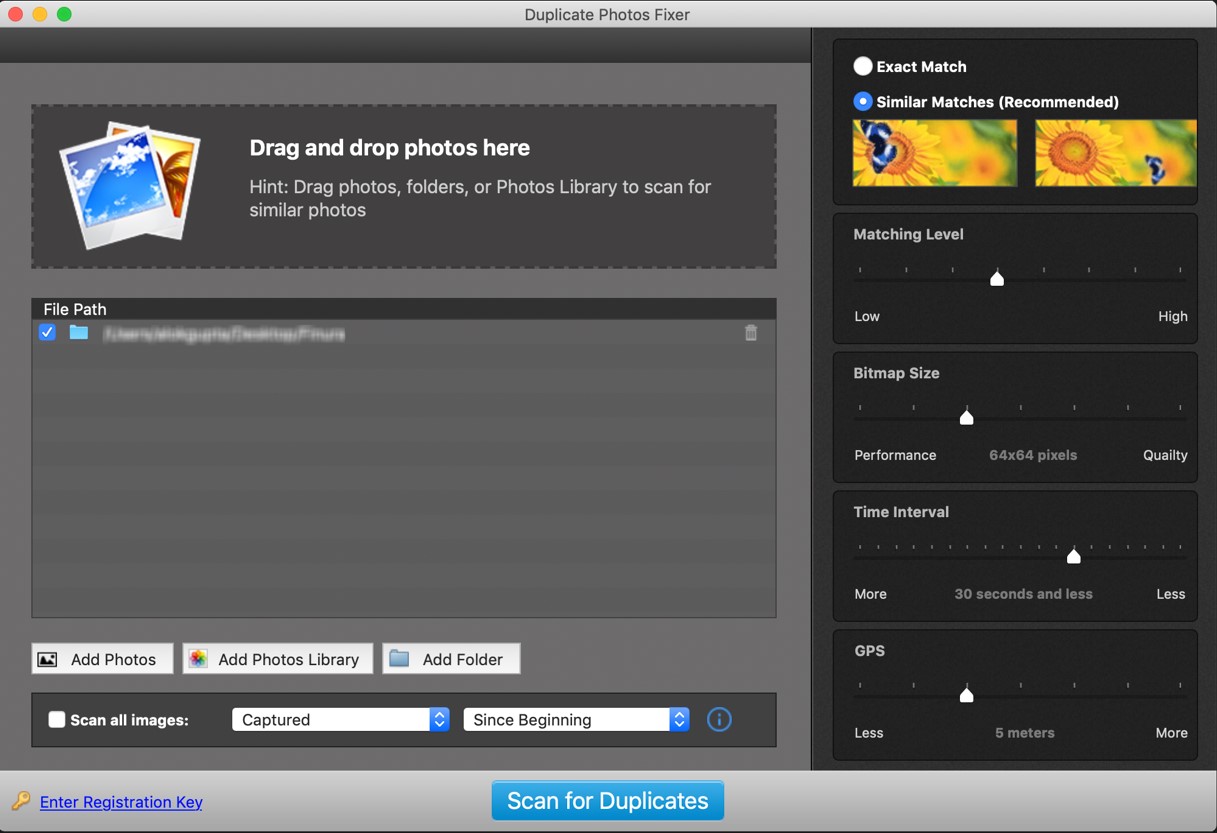
The best mac duplicate photo finder can perform a robust scan and find duplicate photos on your Mac. A duplicate picture finder can delete all the duplicate photos just with a few taps. Duplicate Photos Fixer Pro is one of the best duplicate photo cleaners for Mac to quickly find duplicate photos and remove them from your Mac storage.
Delete Old Backups & Large Files
The first step to cleaning up space on your Mac and recovering humongous space is to clear large files and old backup files. Using a smart folder for the same can be the best solution to delete old backups and large files.
Step 1. Go to the Apple menu and click on the New Smart Folder option.
Step 2. Click to create a filter of files over 100 MB in size and let it scan.
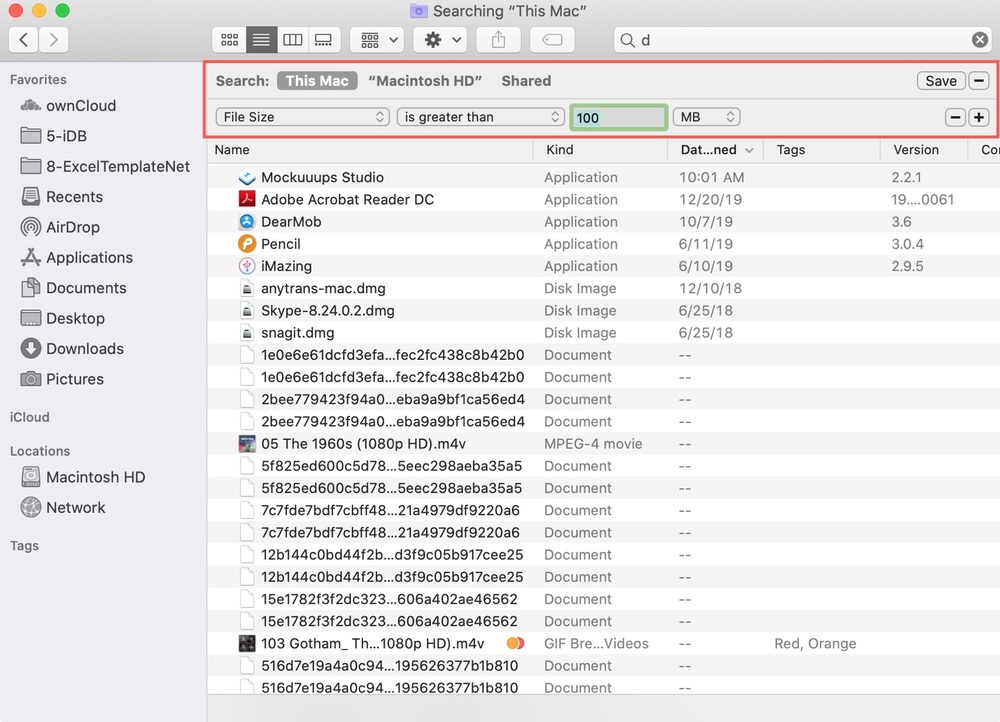
Step 3. Select all the movies, videos, and large files that are unwanted and can be deleted. Send them to trash and continue checking all other locations on your Mac for the same.
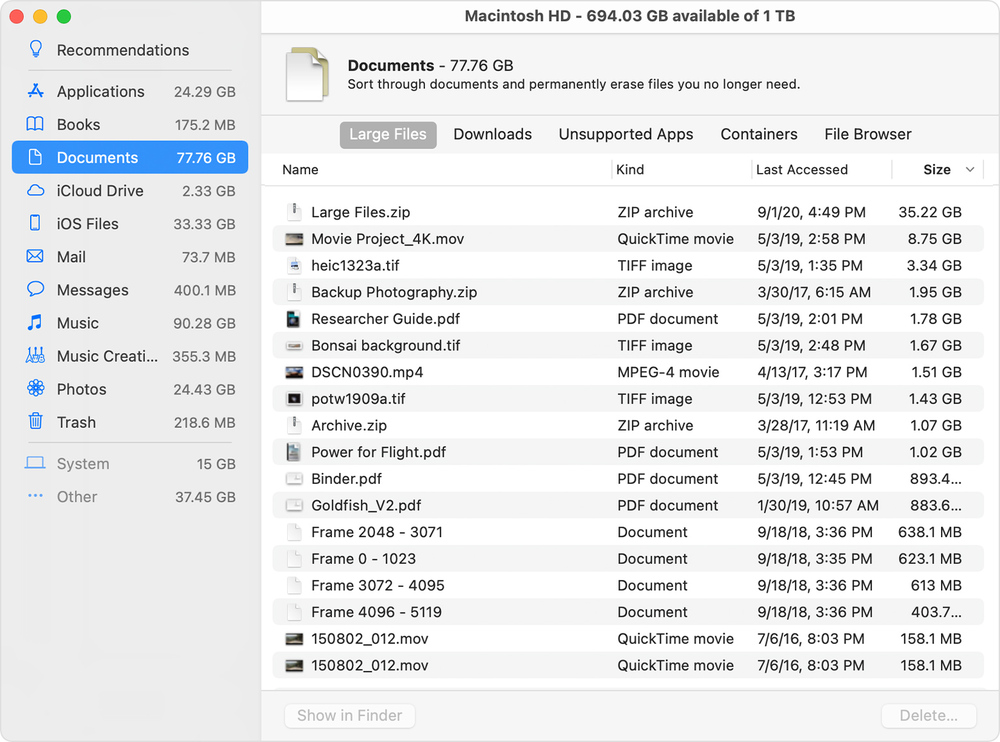
Alternatively, select the ‘About this Mac’ option from the Apple menu. Go to the Storage tab and click on the manage button. Check out all the Videos, Music files, Documents, Photos, and Recommendation folders to check and delete all the large files.
Uninstall Unused Applications
Unused applications can take up a lot of space on your Mac. Unwanted apps utilize many system resources to keep updating the app and create a lot of app cache and cookies. If you are not utilizing any app for a long time, you can go ahead and uninstall it from your Mac.
Step 1. Check out the Applications folder from the System Preferences.
Step 2. Right-click on any unwanted app and select the ‘Move to Trash’ option.
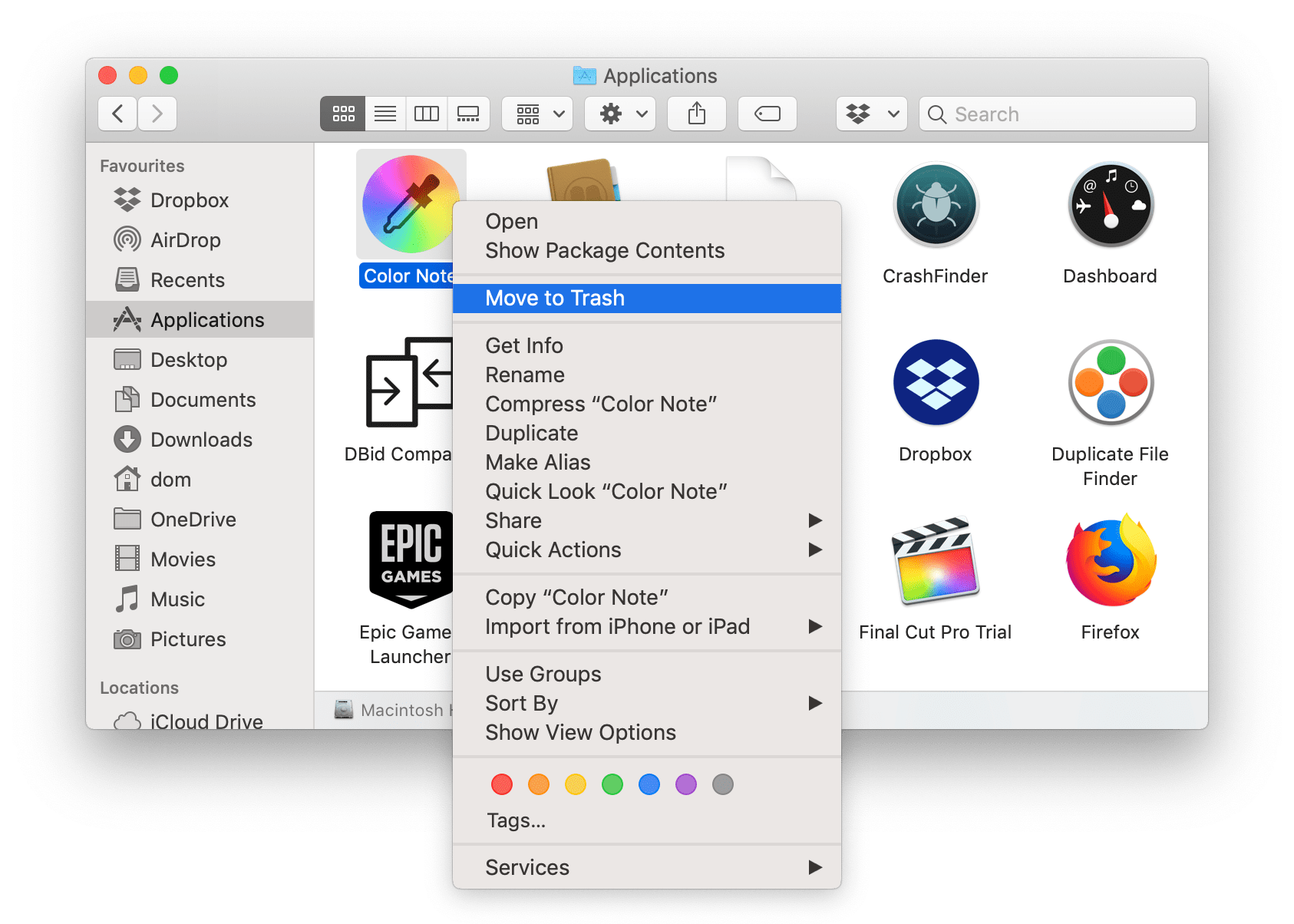
Step 3. If prompted, confirm to delete and uninstall the app from your Mac. you can also try to drag and drop the app to Trash. The app will be uninstalled but the app clutter will still remain on the Mac.
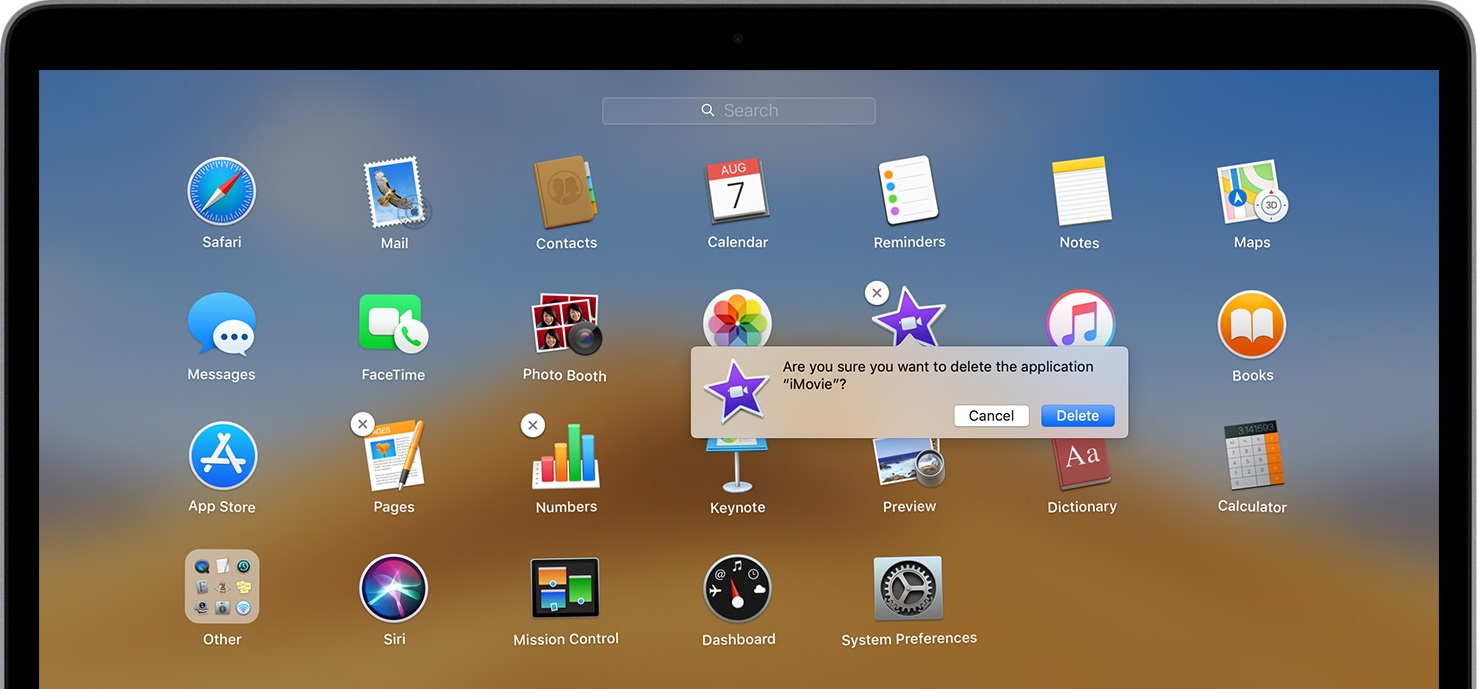
Alternatively, access the Launcher from the Dock. Click and hold the mouse pointer on any app icon. All the removable app icons will start jiggling with a white cross next to them. Click on the X cross to uninstall the app and confirm the selection. This step will also uninstall the app but not remove the app clutter.
Clear Cache & Cookies
The manual methods to delete or uninstall apps will not remove app clutter, cache, or cookies. You will need to manually clear all the cache files from different folders.
Step 1. Select the ‘Go to Folder’ option from the Go menu on the Apple bar.
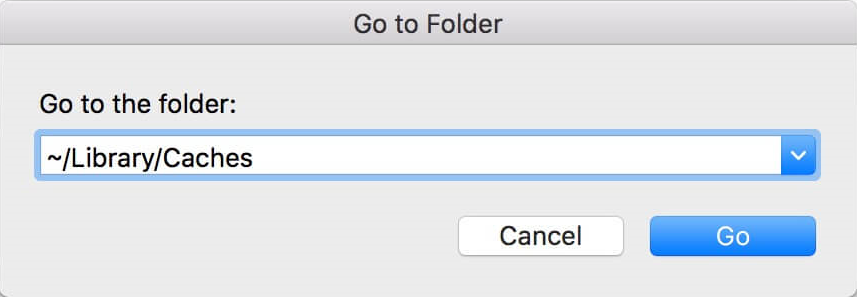
Step 2. Type ~/Library/Caches in the search box and click on the Go button. It will open the Cache folder in the File Explorer window.
Step 3. Access the app that you have removed and clear app cache files. You simply need to select the files and not the folders and hit the Delete key. Once done, check out other app clutter in different folders and delete them with the same process.
~/Library/Logs
~/Library/Caches
~/Library/Preferences
~/Library/Internet Plug-Ins/
~/Library/Application Support/CrashReporter/
~/Library/Saved Application State/
~/Library/Application Support
~/Library/Containers
~/Library/Cookies
All the deleted files will be sent to the Trash. To regain storage space on your Mac, access the Trash, select all the files, and hit the Empty Trash button.
Delete Shared Files
Shared files and folders also utilize a lot of space on the drive. We add files in the shared folders and then need to remember to delete them once done. It is recommended to visit the shared folder on a regular basis and clean up shared files to recover storage space.
Delete Old Users
If you have multiple user profiles on your Mac and some users have stopped using the device, it is recommended to delete old users. Every user profile creates a lot of space on the Mac. If some of the users have stopped using the Mac or you have guest profiles, you can delete the profile after taking a backup of the data in the user profile.
Empty Trash

There are different ways to empty Trash on your Mac. You can right-click on the Trash and select the Empty Trash option to permanently delete files that you have deleted earlier. If you wish to preview files, open Trash and check out files that can be removed. Select individual files and hit the Delete key again to permanently delete them from your Mac.
Final Words
This article on how to clean up space on your MacBook has quick tips to restore space on your Mac. You can perform this quick exercise to restore space on your Mac or make use of the best Mac optimizer to automatically optimize the Mac. If you have multiple picture albums and got duplicate photos, you can use the best duplicate picture finder to scan and find duplicate photos.

No comments yet